This view of the Owner's Manual contains the very latest information, which may vary slightly from the printed Owner's Manual originally provided with your vehicle. It may also describe content that is not on or operates differently on your vehicle. Please consider the Owner's Manual originally provided with your vehicle as the primary source of information for your vehicle.
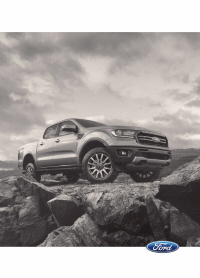
The information contained in this publication was correct at the time of release.In the interest of continuous development, we reserve the right to change specifications, design or equipment at any time without notice or obligation.No part of this publication may be reproduced, transmitted, stored in a retrieval system or translated into any language in any form by any means without our written permission.Errors and omissions excepted.
Copyright © 2024 Ford Motor Company
Blind Spot Information System (If Equipped)
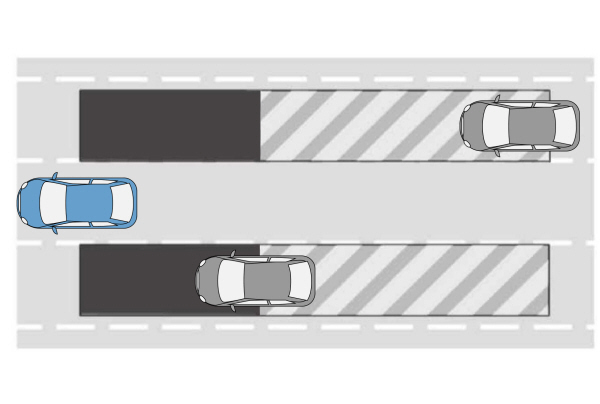
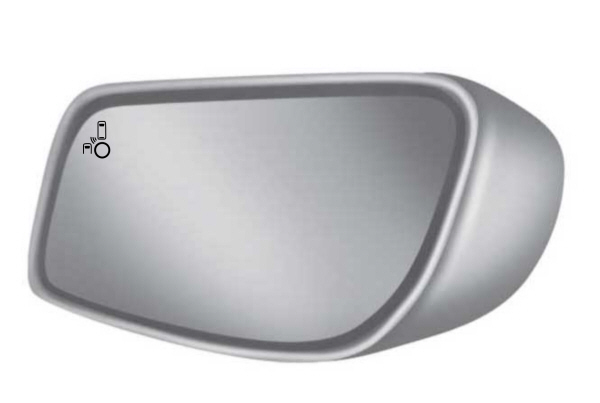
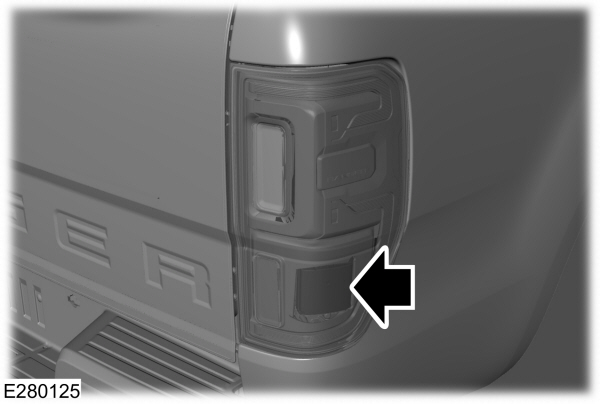
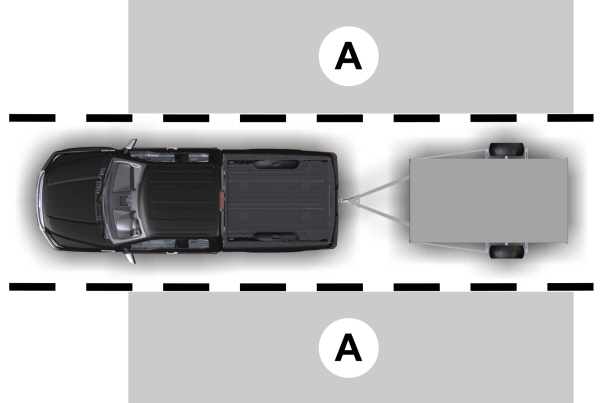

 WARNING:
Do not use the blind spot information system as a replacement for using the interior and exterior mirrors or looking over your shoulder before changing lanes. The blind spot information system is not a replacement for careful driving.
WARNING:
Do not use the blind spot information system as a replacement for using the interior and exterior mirrors or looking over your shoulder before changing lanes. The blind spot information system is not a replacement for careful driving. WARNING:
The system may not operate properly during severe weather conditions, for example snow, ice, heavy rain and spray. Always drive with due care and attention. Failure to take care may result in a crash.
WARNING:
The system may not operate properly during severe weather conditions, for example snow, ice, heavy rain and spray. Always drive with due care and attention. Failure to take care may result in a crash. |

The system is designed to detect vehicles that may have entered the blind spot zone. The detection area is on both sides of your vehicle, approximately extending rearward from the exterior mirrors to
13 ft (4 m) beyond the rear bumper. The detection area approximately extends to
59 ft (18 m) beyond the rear bumper when the vehicle speed is greater than
30 mph (48 km/h) to alert you of faster approaching vehicles.
Note:
The system does not prevent contact with other vehicles. It is not designed to detect parked vehicles, pedestrians, animals or other infrastructures.
Using the Blind Spot Information System
Vehicles with Automatic Transmission
The system turns on when all of the following occur:- You start your vehicle.
- You shift into drive (D).
- The vehicle speed is greater than 6 mph (10 km/h).
Note:
The system does not operate in park (P) or reverse (R).
System Lights and Messages

When the system detects a vehicle, an alert indicator illuminates in the exterior mirror on the side the approaching vehicle is coming from. If you turn the direction indicator on for that side of your vehicle, the alert indicator flashes.
Note:
The system may not alert you if a vehicle quickly passes through the detection zone.
Blocked Sensors

The sensors are inside the tail lamp on both sides of your vehicle.
If the sensors become blocked, a message may appear in the information display. See
Information Messages.
The alert indicators remain illuminated but the system does not alert you.
Note:
Keep the sensors free from snow, ice and large accumulations of dirt.
Note:
Do not cover the sensors with bumper stickers, repair compound or other objects.
Note:
Blocked sensors could affect system performance.
Note:
Bike and cargo racks could cause false alerts due to obstruction of the sensor. We recommend switching the feature off when using a bike or cargo rack.
Blind Spot Information System with Trailer Tow (If Equipped)

The blind spot information system with trailer tow is designed to aid you in detecting vehicles that may have entered the detection area zone (A). The detection area is on both sides of your vehicle and trailer, extending rearward from the exterior mirrors to the end of your trailer. When you attach a trailer and have set up a blind spot trailer, the blind spot information system with trailer tow becomes active when driving forward above
6 mph (10 km/h).
You can switch the system off in the information display. See
General Information.
If you switch the blind spot information system off, blind spot information system with trailer tow automatically turns off.
Setting up a Blind Spot Trailer

| A B C |
You can set-up a trailer to work with the system through the information display. See
General Information.
When setting up a trailer, a sequence of screens appear asking for trailer information.
- Select Trailer Screen: Trailer A, Trailer B or Trailer C.
Select one of the trailers and press OK.
The menu goes to the next screen.
- Is the width less than 8.2 ft (2.5 m) and length less than 33 ft (10 m)?
If no, the system turns off.
If yes, the menu goes to the next screen.
- Trailer width measurement:
The width of the trailer is measured at the front of the trailer. It is not measured at the widest point of the trailer. The maximum width at the front of the trailer that the system can support is
8.2 ft (2.5 m).
Note:
You do not need to enter an exact trailer width measurement. You only need to confirm that the width of the trailer is
8.2 ft (2.5 m) or less.
- Trailer length measurement:
The trailer length is the distance between the trailer hitch ball and the rear of the trailer. The maximum length that the system can support is
33 ft (10 m).
- Enter length of trailer:
Toggling up or down using the menu buttons increases or decreases the measurement by
3 ft (1 m). Select a length that is equal to or within
3 ft (1 m) of the actual measured length. For example, if the actual measured length is
25 ft (7.6 m), toggle the length in the menu to
27 ft (8.2 m). When you enter the length of the trailer, the system setup is saved.
Note:
When you connect a trailer and do not set up a Blind Spot Trailer, the system turns off and a warning appears in the instrument display.
Note:
If the trailer is actually a bike rack or cargo rack with electrical lighting, enter a length of
3 ft (1 m). Cross Traffic Alert remains on for trailers with a length of
3 ft (1 m) or less.
Note:
Proper measurement and measurement entry is required for the system to function as designed.
System Operation
If you select a trailer in the information display prior to connecting a trailer, the system loads that configuration and the information display shows a message when you connect the trailer. A second message appears stating cross traffic alert is off. The blind spot information system with trailer tow still normally functions when driving forward.
If you connect a trailer prior to selecting a trailer in the information display, a message appears asking you to select a trailer from the list of trailers or to add a trailer. In order for the blind spot information system with trailer tow to function, you must select an existing trailer or add a new trailer. If you ignore the request or if you exit the screen, a message appears stating the system has turned off due to a trailer connect. This message may not appear until your vehicle speed reaches
22 mph (35 km/h).
The blind spot information system with trailer tow activates when driving forward for that particular trailer set up. If you cycle the ignition, the blind spot information system with trailer tow continues to function using the last trailer you select.
Trailer Considerations
The system is designed to work with a trailer with a front width of
8.2 ft (2.5 m) or less, and a total length from the trailer hitch ball to the rear of the trailer of
33 ft (10 m) or less.
Some trailers may cause a slight change in system performance:- Large box trailers may cause false alerts to occur when driving next to infrastructures or near parked cars. A false alert may also occur while making a 90-degree turn.
- Trailers that have a width greater than 8.2 ft (2.5 m) at the front and have a total length greater than 20 ft (6 m) may cause delayed alerts when a vehicle is passing at high speed.
- Box trailers that have a width greater than 8.2 ft (2.5 m) at the front may cause early alerts when you pass a vehicle.
- Clam shell or V-Nose box trailers with a width greater than 8.2 ft (2.5 m) at the front may cause delayed alerts when a vehicle traveling the same speed as your vehicle merges lanes.
System Errors
If the system detects a fault, a warning lamp illuminates and a message displays. See
Information Messages.
Switching the System On and Off
You can switch the system off using the information display. See
General Information.
When you switch the system off, you do not receive alerts and the information display shows a system off message. The warning indicator in the cluster also illuminates. When you switch the system on or off, the alert indicators flash twice.
Note:
The system remembers the last setting when you start your vehicle.
To permanently switch the system off, contact an authorized dealer.
Thank You For Your Feedback
